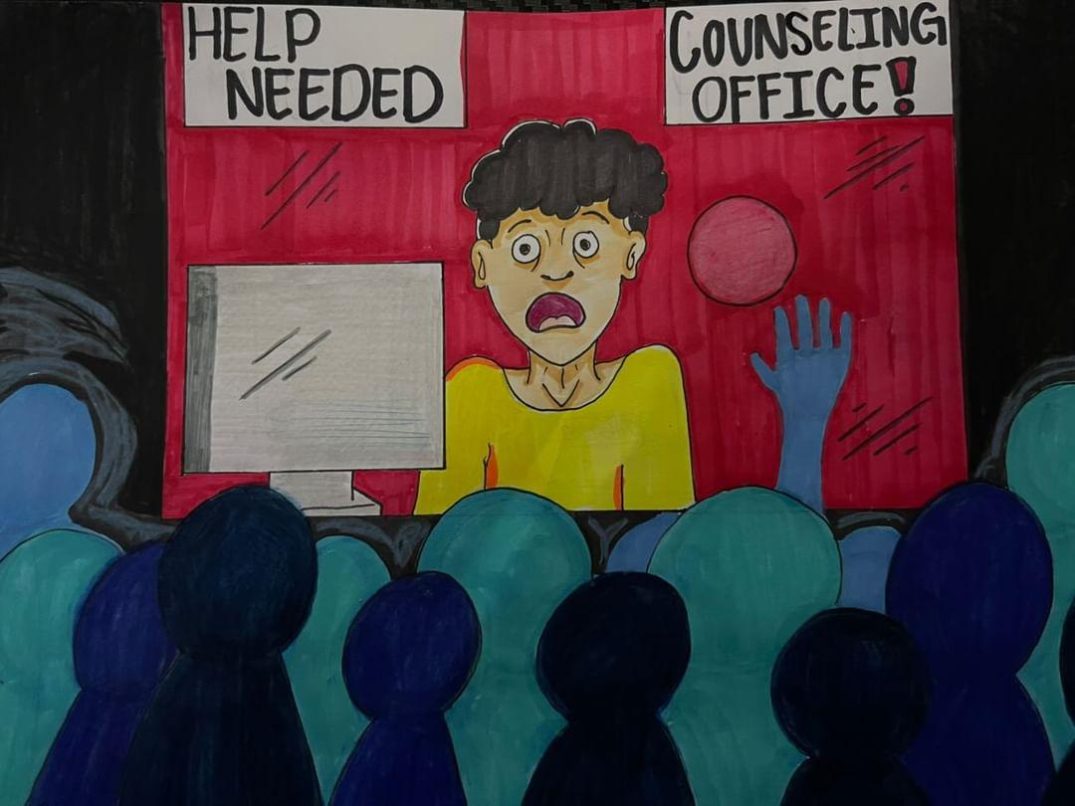Class is out and many students head for the exit. As soon as they step outside, a large cloud of cigarette smoke greets them, and that breath of fresh air in between classes quickly becomes an inhalant of carcinogens and carbon monoxide.
Without a smoking ban in place on campus or at least designated smoking areas, students are being exposed to many health-altering chemicals from cigarette smoke on a daily basis.
According to a Time Magazine article, more that 365 universities throughout the U.S are now smoke-free in a movement to promote a healthier lifestyle.
But when will this advantage be given to students at EC?
Cigarette smoke not only alters the smoker’s overall health but it has a negative effect on non-smokers who come into contact with it.
Based on the National Cancer Institute’s research, secondhand smoke, causes heart disease, a number of cancers and even death among non-smokers.
If that isn’t reason enough to instill anti-smoking rules on campus, then the large amounts of death among non-smokers should be considered.
The American Cancer Society (ACS) determined that 3,400 lung cancer deaths were caused from secondhand smoke and 46,000 non-smokers died from heart disease last year.
While smoking is an individual choice, exposure to secondhand smoke has become a matter of health for non-smokers. Whether studying outside or walking between buildings to class, students are subsequently exposed to various chemical compounds as well as nicotine burning from the cigarette.
ACS said that cigarette smoke contains more than 4,000 chemicals, 60 of them are cancer-causing.
While all these carcinogens float through the air, there is nothing being done to protect students on campus.
Not only do non-smokers breath in the exhaled smoke, they are in danger of “sidestream” smoke burning from the cigarette itself, the National Cancer Institute said. And research shows, if in direct contact, it can be almost the same as smoking a whole pack of cigarettes.
With the devastating effects of cigarette smoke clearly defined through much research, something needs to be done in order to protect non-smokers from disease and other health-altering problems. So it’s time to make campus a smoke-free environment for all to breath a little easier.






